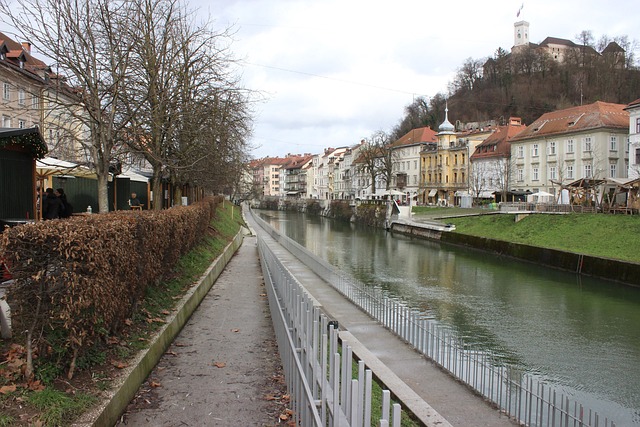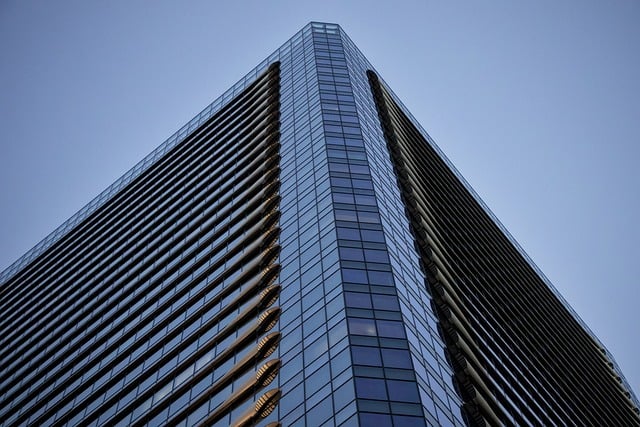
Karachi, Pakistan's economic hub, boasts a diverse education system with public and private schools offering distinct paths. The city's secondary schools adhere to BISE curriculum, emphasizing academic rigor. Key institutions like Callachi CHS (Community Health System) and KDA Scheme 1 stand out for their contrasting approaches: Callachi CHS promotes holistic education and community health engagement, while KDA Scheme 1 focuses on structured teaching and specialized medical facilities. Both aim to improve healthcare accessibility, with unique challenges: Callachi CHS faces resource allocation at scale, while KDA Scheme 1 requires sustained operational costs and community outreach.
In the vibrant, bustling metropolis of Karachi, understanding the city’s education system is crucial for parents seeking the best options for their children. This article delves into two prominent educational paradigms: Callachi CHS and KDA Scheme 1. We explore their key differences and features, compare benefits and challenges, offering a comprehensive analysis to help navigate Karachi’s diverse educational landscape.
- Understanding the Context: The Education System in Karachi
- Callachi CHS and KDA Scheme 1: Key Differences and Features
- Comparing Benefits and Challenges: A Comprehensive Analysis
Understanding the Context: The Education System in Karachi

Karachi, Pakistan’s economic hub and largest city, boasts a diverse educational landscape. The education system in Karachi is renowned for its rigor and competitiveness, reflecting the metropolis’s dynamic nature. At the secondary level, schools adhere to the curriculum set by the Board of Intermediate and Secondary Education (BISE), focusing on academic excellence. This competitive environment sets the stage for students entering higher education institutions like Callachi CHS (Carbide High School) and those following the KDA Scheme 1 (Karachi Development Authority’s educational program).
The city’s educational system is characterized by both public and private schools, each offering unique learning experiences. Public sector institutions often prioritize accessible, quality education for all, while private schools provide specialized programs and resources, catering to diverse student needs and aspirations. This context shapes the academic journey of students in Karachi, influencing their choices between traditional academic paths and innovative educational schemes like KDA Scheme 1, which aim to bridge the gap between theory and practical application.
Callachi CHS and KDA Scheme 1: Key Differences and Features

In the dynamic landscape of education in Karachi, two distinct systems stand out: Callachi CHS (Callachi Comprehensive High School) and KDA Scheme 1 (Karachi Development Authority’s educational scheme). These institutions offer unique learning environments, each with its own set of features and differences.
Callachi CHS is renowned for its holistic approach to education, focusing not just on academic excellence but also on extracurricular activities and student well-being. The school boasts modern facilities, a dedicated faculty, and an inclusive curriculum that caters to diverse learning styles. In contrast, KDA Scheme 1 prioritizes structured, standardized teaching methods, aligning closely with national educational guidelines. This scheme is known for its rigorous academic programs, emphasis on disciplined learning, and robust assessment systems, making it a preferred choice for students aiming at competitive exams.
Comparing Benefits and Challenges: A Comprehensive Analysis

In comparing Callachi CHS (Community Health System) and KDA Scheme 1 in Karachi, both initiatives aim to enhance healthcare accessibility but present distinct benefits and challenges. Callachi CHS focuses on community engagement, empowering locals to manage their health through education and preventive care. This approach is particularly beneficial for marginalized communities, fostering a sense of ownership over health outcomes. On the other hand, KDA Scheme 1 emphasizes infrastructure development by establishing specialized medical facilities, addressing Karachi’s pressing need for advanced healthcare services. While this provides immediate access to quality care, sustainable community participation remains a challenge.
The analysis reveals that Callachi CHS offers long-term advantages in terms of health literacy and community resilience but may struggle with resource allocation on a larger scale. Conversely, KDA Scheme 1’s quick impact through facility upgrades is counteracted by the need for ongoing operational costs and continuous community outreach to ensure sustained health improvements for all Karachi residents.
In comparing Callachi CHS and KDA Scheme 1, it’s evident that both education models in Karachi offer unique advantages and challenges. Understanding the context of the city’s educational landscape is key to appreciating these differences. While Callachi CHS excels in its holistic approach and community engagement, KDA Scheme 1 stands out with its structured curriculum and resource accessibility. Ultimately, the choice between these schemes depends on individual student needs and preferences, highlighting the diverse educational opportunities available in Karachi.






